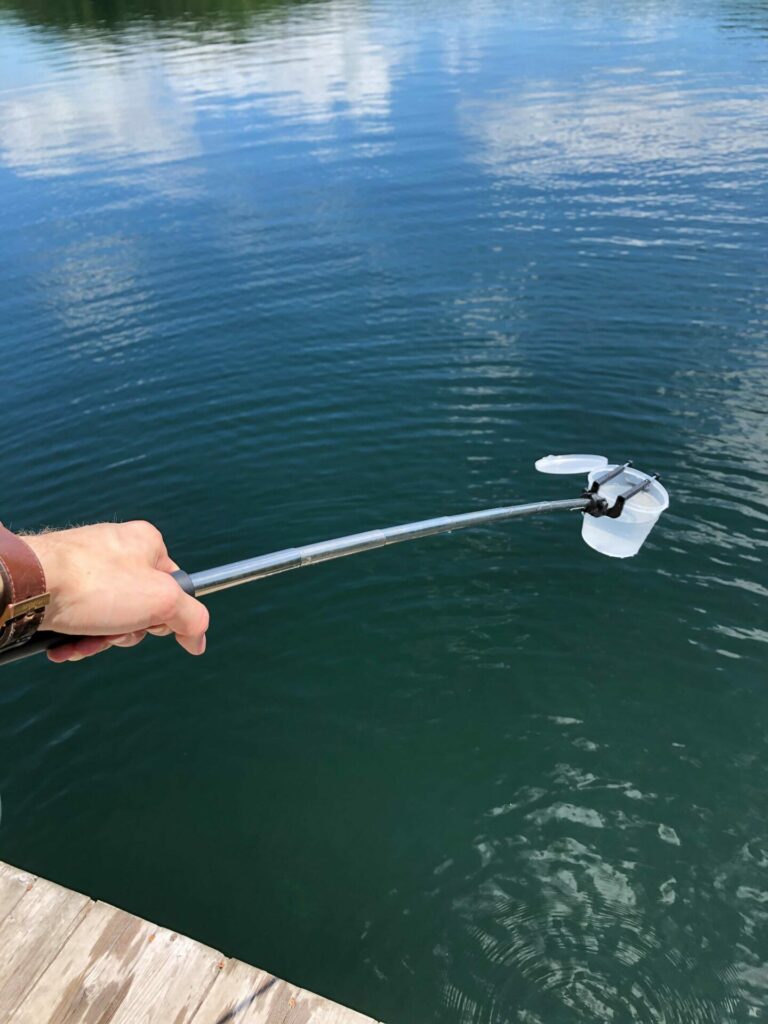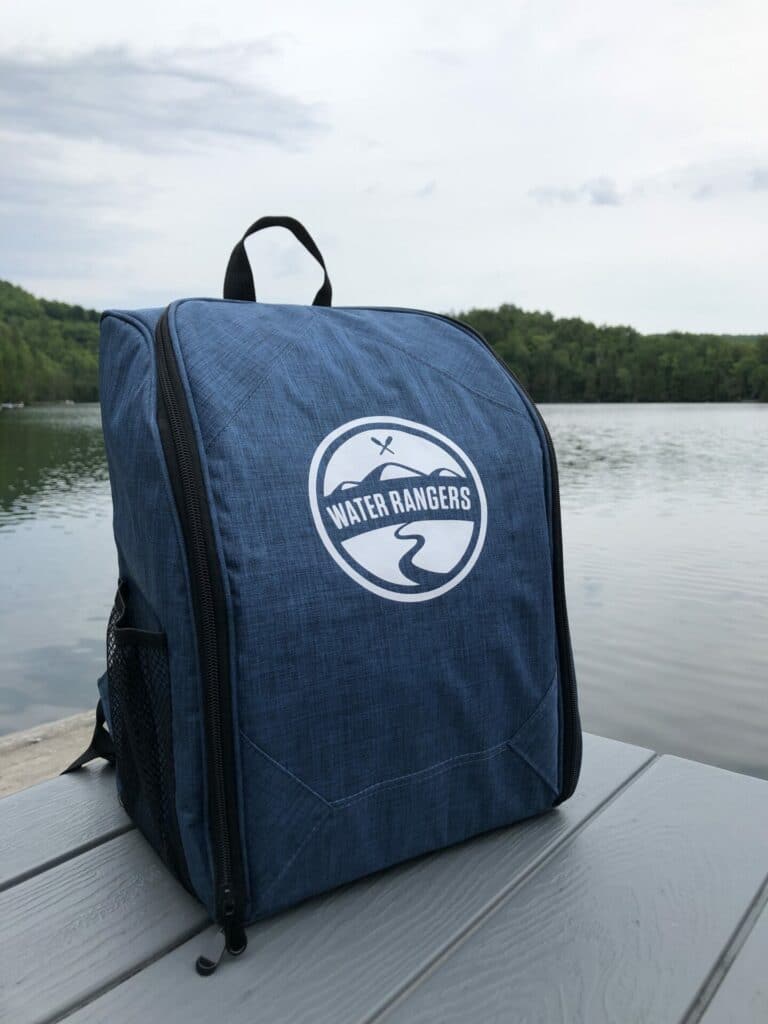How to use the Ocean Explorer kit
Before you use your equipment, make sure to familiarize yourself with the Water Rangers protocol. This will tell you how to pick the best spots to monitor, and will also tell you how often you should go testing.
Our official testing day is the last Sunday of every month (back-ups are Saturday and Monday of the same weekend). Remember that regular testing is required to create a baseline, so it’s more important for you to test at less sites more frequently than the other way around.
Once you’ve familiarized yourself with where and when to test, it’s time to get going with your kit!
Below, you’ll find in-depth videos explaining how to use the different tools that come with your Ocean Explorer kit.
1. Get to know your equipment
All of our Ocean Explorer Testkits contain:
- A field guide, notepad, and pen. You’ll learn everything you need to know about testing with Water Rangers in our field guide, and you can record all of your observations in the notepad provided if you don’t have your phone handy.
- Stickers, badges, and postcards. Find these in the ‘goodie bag’ in your kit’s front pocket, and share them with others!
- A ‘reacher stick’ and a sample cup. Attach your sample cup to your reacher stick to grab water samples from hard to reach places.
- A thermometer. You can use this to measure air temperature and water temperature.
- 50 teststrips. We include teststrips that measure pH, alkalinity, nitrates, and nitrites in our ocean explorer kits. These teststrips are super user-friendly.
- A container to dispose of your test strips. Place your used test strips in this container and mail them back to us using the envelope provided- we’ll take care of disposal.
- A secchi disk. Use this to measure clarity. Visit this page to find out how to use your secchi disk, and to find out how to measure secchi depth.



